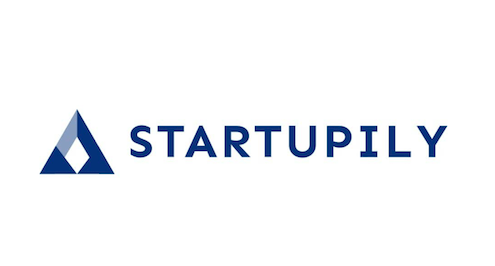While the COVID-19 pandemic brought about several unanticipated changes, nothing shocked employers like the Great Resignation. For those not familiar with the term, it refers to the widespread phenomenon during and after the COVID-19 pandemic. A substantial number of employee voluntarily left their jobs, seeking new opportunities, better work-life balance, or reevaluating their career priorities.
At first, it may seem inconceivable that many people will voluntarily leave their jobs. Taking a deeper look reveals the reason – employees are no longer “looking” for a job. Gone are the days when the transaction between employer and employees was transactional, and all that mattered was the paycheck. People’s priorities have changed, and people’s expectations have changed.
Employers have had a hiring and retention crisis since the pandemic. It’s more complicated than ever to attract top talents and retain them. However, the foundation of solving this problem is understanding what the modern-day employee wants and adjusting recruitment and retention strategies accordingly.
Below, you’ll discover what employees are looking for in 2024 and beyond:
Meaningful Work
Today’s employees aren’t solely motivated by their paycheck. They want to find meaning and value in their work. They want to find purpose in their work, just like in other aspects of their lives. Organizations that address it are more likely to attract and retain top talents.
So, how can employers help employees find meaning in their work? The starting point is to Articulate the organization’s mission and how each role contributes to broader goals, helping employees see the significance of their contributions. Employees who feel their work is meaningful perform better and are less likely to seek another job.
Another way to help employees find meaning in their work is to establish core organizational values they can relate to. Encouraging autonomy also fosters a sense of control and responsibility, and employers can achieve this by letting employees take ownership of their projects.
Recognition & Feedback
Recognition and feedback are key priorities for today’s workforce. They want regular feedback about their work to understand their performance and identify areas for improvement. They also want to feel valued and acknowledged for their contributions. This is why organizations that prioritize a culture of appreciation and regularly recognize and celebrate employees’ efforts are likely to create a positive and motivating work environment, contributing to employee retention and well-being.
It must be mentioned that employees are not only after financial rewards. Verbal praise, an award plaque, a wall of fame, a handwritten note, lunch with the CEO, etc., are other ways to recognize and reward employees. For best results, employers can mix things up from time to time.
Employee Workplace Well-Being
The current workforce prioritizes their well-being with an emphasis on work-life balance and mental health. This is why many individuals now look beyond competitive salaries and consider an organization’s supportive policies, wellness programs, and work culture before signing on.
Employers must demonstrate commitment to their workers’ well-being by offering reasonable working hours and flexibility to help employees maintain a healthy balance between work and personal life. It’s also essential to acknowledge the importance of breaks and vacations to recharge and actively promote the use of paid time off.
Employee Career Development Opportunities
Professional growth and development are paramount for today’s employees. They want to work for organizations that offer opportunities for professional growth, skill enhancement, and career advancement.
Employers investing in their employees’ development and career advancement will likely create a more engaged and motivated workforce. This can be achieved by clearly defining career paths within the organization and outlining potential employee roles and advancement opportunities.
Regular training programs, workshops, and relevant resources are crucial to improving employees’ skills and keeping them up-to-date on industry trends. Regular performance reviews about career goals show a company’s commitment to their employees’ growth and development.
Inclusive & Diverse Culture
Inclusivity and diversity have become popular and widely used in contemporary discussions around workplace culture, social dynamics, and broader societal issues. There’s increasing awareness of the importance of acknowledging and respecting differences in race, gender, ethnicity, sexual orientation, and other aspects of identity.
The current workforce values environments where differences are recognized, respected, and celebrated. Such environments promote a sense of belonging, foster creativity, and enhance collaboration. As a result, organizations that prioritize diversity and inclusion are seen as socially responsible and more likely to attract and retain a diverse talent pool.
Conclusion
The Great Resignation serves as a wake-up call for employers. Adapting to the changing priorities of employees is not just a necessity but a strategic imperative. As we navigate 2024 and beyond, recognizing the craving for meaningful work, and embracing a culture of recognition, prioritizing well-being, fostering career development, and championing diversity and inclusion will attract top talents and cultivate a resilient, satisfied, and thriving workplace.
Organizational success is largely dependent on understanding that employees aren’t merely seeking jobs; they are searching for fulfilling, purpose-driven experiences that extend beyond a paycheck.
Infographic provided by Goodwill Car Donations, a top company for car donation in D.C.
- Driving Sustainability Forward: How ESG Reporting Technology Helps Companies Lead With Purpose
- Creating A Hygienic Environment: Three Of The Most Important Aspects Explored
- How to Grow Your Career Through the Many Stages of Self-Employment
- How To Give Your Marketing Campaign More Impact
- 3 Operational Tips For The Closure Of An Unsuccessful Business

